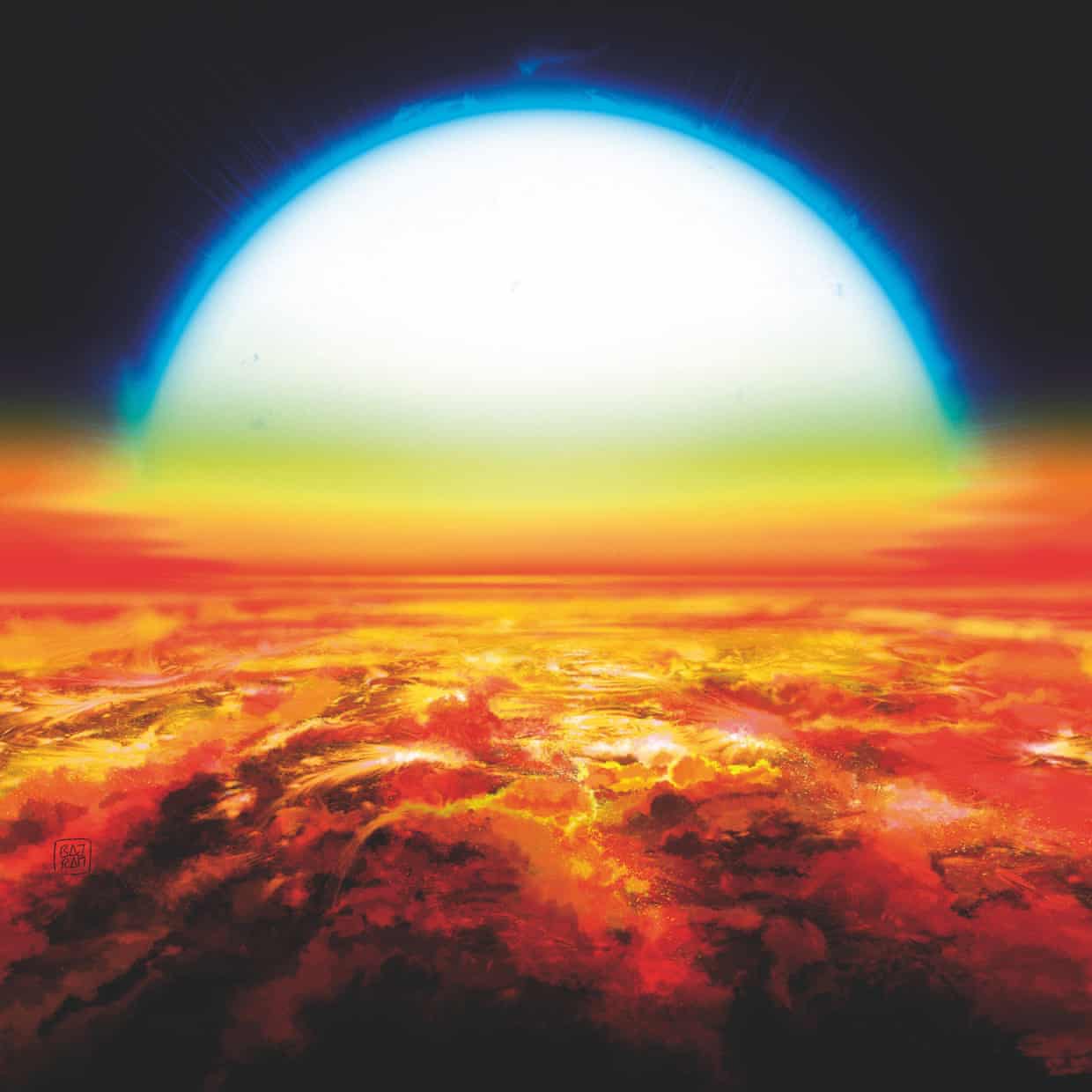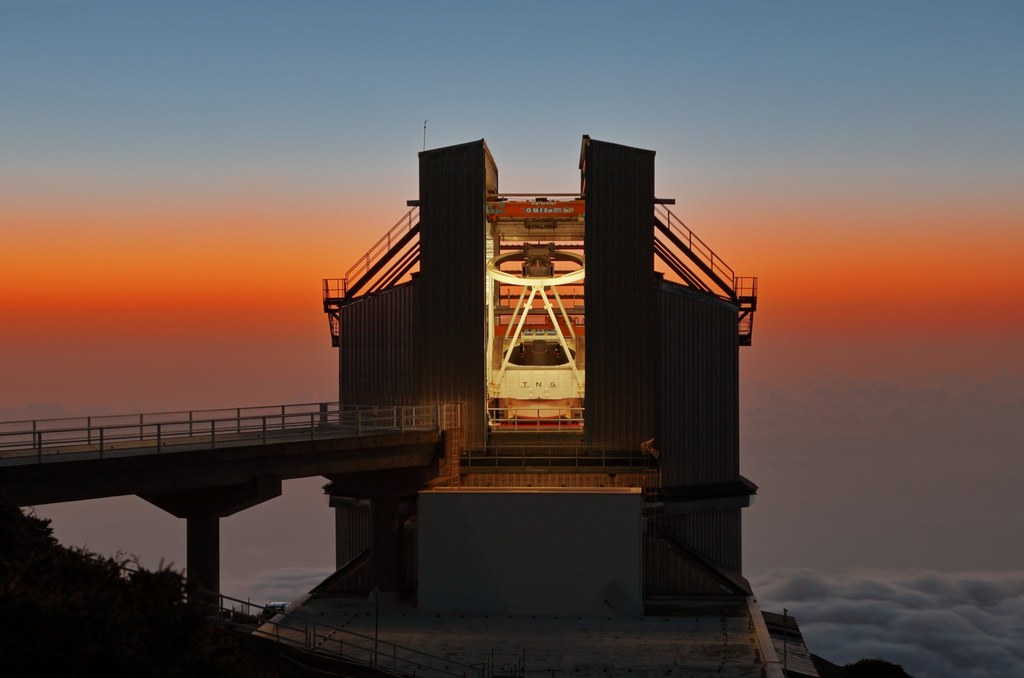New observations of the hottest known planet have revealed temperatures similar to those typically seen at the surface of a star, as well as an atmosphere of vaporized iron and titanium. The findings add to the diverse and, in some cases, extreme conditions seen on planets far beyond our own solar system.
Kevin Heng, a professor at the University of Bern, and co-author of the latest work, said: “The temperatures are so insane that even though it is a planet it has the atmosphere of a star.”
“The main lesson that exoplanets are teaching us is that we can’t just look in the solar system,” Heng added. “There are really weird things out there.”
The planet, called Kelt-9b, was discovered last year by an American team. It is in orbit about a star 650 light years from Earth in the constellation of Cygnus, the swan. The ultra hot planet is about 30 times closer to its host star than the Earth is to the sun – and its star is also twice as hot as the sun. As a result, temperatures on Kelt-9b reach 4,000 C on the side that faces the star. This is not as hot as our Sun, which is almost 6,000 C, but hotter than many stars.
Due to its proximity to the star, the planet orbits the star every 36 hours, with the same side always facing inwards. This means there is constant daytime on one side and constant night on the other, creating extreme temperature variations across the planet. The temperature of the night side is probably still about 2,000 C. Detailed measurements of the orbit suggest the planet is gaseous, probably mostly hydrogen and possibly with a small solid core.
The team used the Galileo National Telescope in La Palma, Canary Islands, to observe the planet precisely as it was moving in front of its host star. By detecting the tiny fraction of light from the star that filters through the planet’s atmosphere, the astronomers were able to detect components in the atmosphere and show that these included iron vapor and titanium. This is the first time that metals have been spotted on planets beyond the solar system.


No comments:
Post a Comment